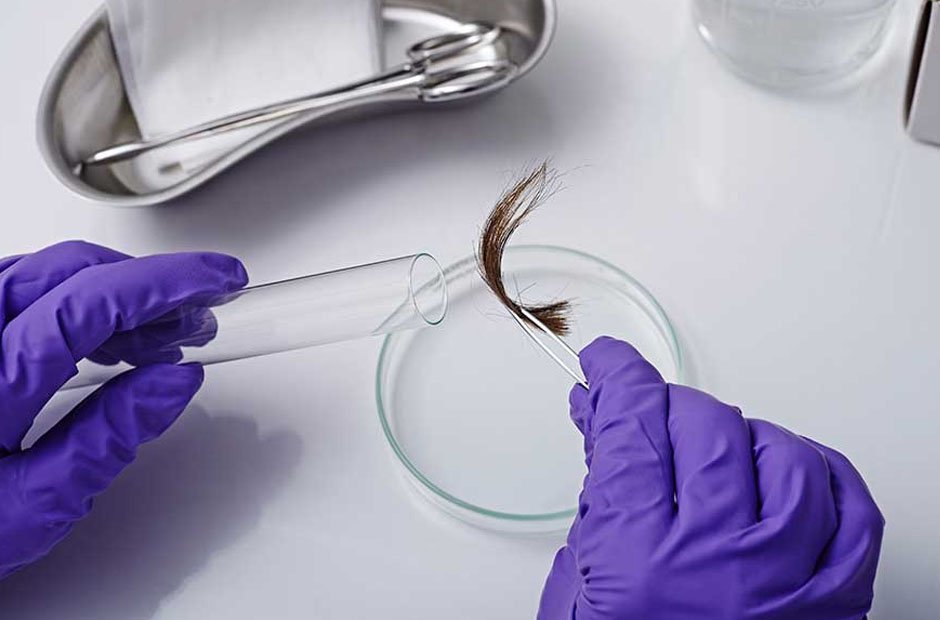Blood work and urine samples are methods for drug and alcohol screening. Saliva swaps are popular for alcohol and substance abuse. The hair follicle drug test has emerged as a convenient alternative. The test detects a particular illegal substance or several substances in the hair. Hair follicle drug screening is extensive in medical assessment, workplace, forensic testing, and legal testing for depicting the patterns of illegal substances and prescription drug abuse. Like blood and urine samples, collecting and preserving hair follicles for drug screening is pivotal in higher accuracy results.
Taking Hair Follicle Drug Screening
The hair follicle drug screening involves extracting hair strands from an individual’s scalp. After collecting the hair sample, it is sent to a licensed or certified laboratory for evaluation. It is better to seek a professional collector to eliminate contamination and tampering with the hair follicle samples. Before undertaking the drug test, individuals should enquire about sample collection requirements.
Before the Hair Follicle Drug Test
There is no need for special requirements or precautions necessary before taking a hair follicle drug test. Individuals should inform or notify the collectors and doctors of supplements and medications they intake. Furthermore, individuals should inform the concerned authority of recent hair treatments, chemical styling, and shampooing as they might affect the screening outcomes.
During the Hair Follicle Drug Test
The sample hair collection at homes or laboratories involves cutting hair locks from the back of the scalp. The thickness of the hair lock should be similar to a pencil, and it is better to use scissors. During sample collection, the collector should wear gloves to prevent contamination of the hair follicle samples. The hair sample collection is done as close to the scalp as possible. It is precisely done near the root of the hair to acquire information about drug and illegal substance abuse.
A standard hair sample is 1.5 inches; in some cases, collectors extract longer hair samples for extra drug misuse information. When an individual doesn’t have adequate hair on his scalp, it is collected from armpits, public areas, face, and other unshaven body parts. Hair collection doesn’t involve risks but causes anxiety and embarrassment in some people.
Post Hair Follicle Drug Test
After the hair sample collection, it is stored in the collection kit following the instructions and sent for laboratory testing. There are restrictions on day-to-day activities and routines after the hair follicle drug test. After the laboratory or testing center receives the hair follicle sample, they are washed before a drug screening. The washing involves specialized methods that remove only external grease and dirt from the hair surface, and the drug traces remain unaffected by washing/cleaning.
Hair Follicle Drug Screening Outcomes
Receiving Drug Test Results
The hair follicle drug screening results are available within a few business days after the testing center, or laboratory receives the hair sample. The processing time varies from one testing laboratory to another.
Interpreting the Drug Test Results
The reports of hair follicle drug tests come as positives or negatives. The positive test report indicates that there is a detection of a specific drug or multiple illegal substances in the hair follicle sample. The negative test report shows no trace of drugs or illicit substances in the hair samples.
While interpreting the drug test results, it is pivotal to understand the methods used for laboratory testing. The testing methods for hair follicle screening are distinct from drug screening testing, like blood and urine samples.
The laboratory method for hair follicle drug screening includes:
Initial Testing Method
The method delivers preliminary results that detect drug classes or drugs above the positive result cutoffs. To eliminate the risks of inaccurate results on initial screening, conducting positive test results is critical via the confirmatory testing method.
Confirmatory Testing Method
Confirmatory testing incorporates liquid and gas chromatography to affirm positive drug results.
Conclusion
The highlight of the hair follicle drug test is that the screening shows whether an individual has abused or misused drugs, like cocaine, cannabis, opioids, PCP (Phencyclidine), and amphetamines. Most workplaces in the USA practice hair follicle drug testing for employees. It is an excellent way to test prescription drug misuse or recreational drug abuse.


